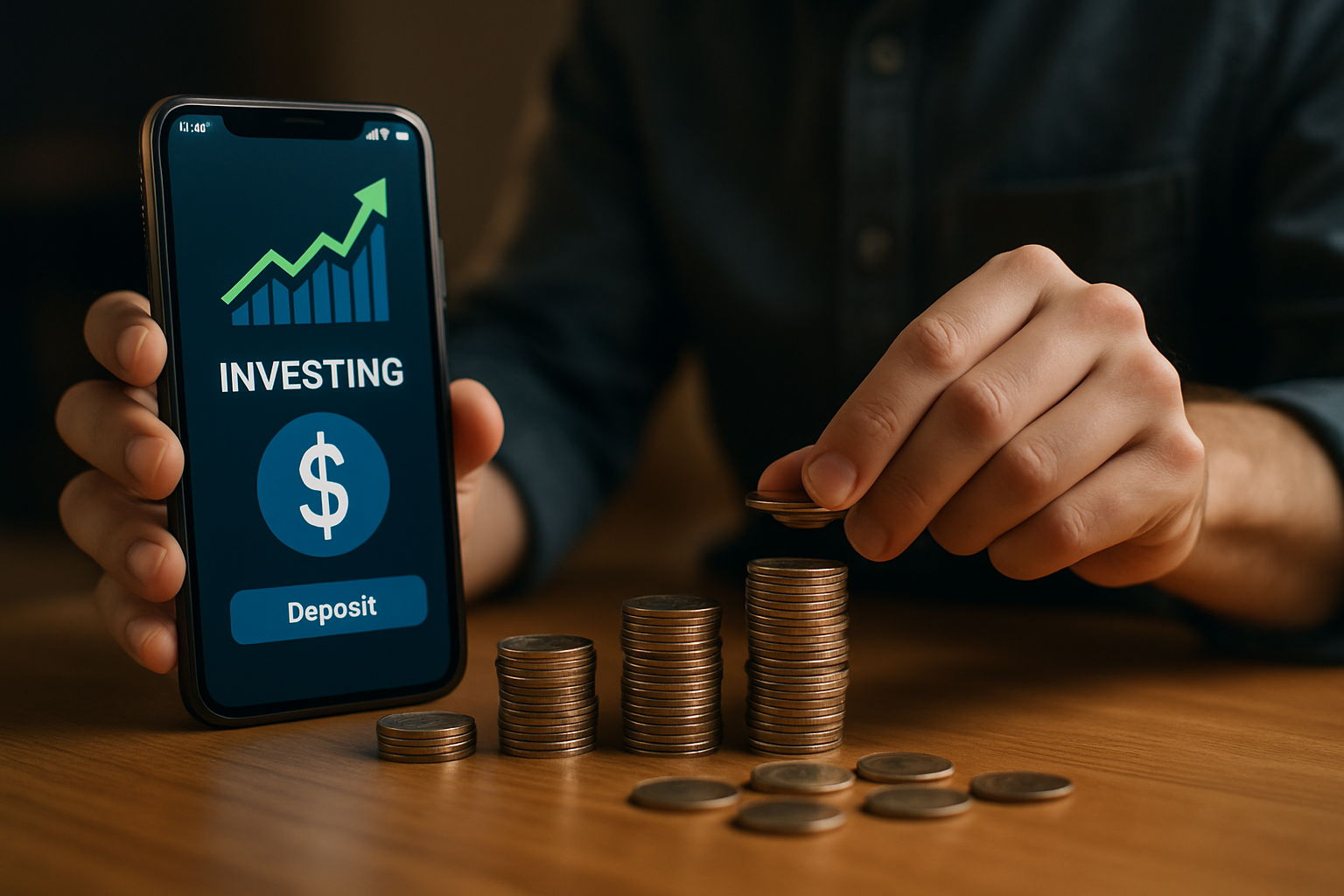Exploring Finance Apps: Tools to Help Manage Your Money and Budget Smarter
Finance apps offer various features designed to assist with budgeting, expense tracking, and managing personal finances. This guide highlights common tools available in the US market and what users typically consider when choosing an app that fits their financial habits and goals.

What are the most popular finance apps in the US?
Several finance apps have gained popularity among US consumers due to their user-friendly interfaces and comprehensive features. Some of the top contenders include:
-
Mint: Known for its all-in-one approach, Mint offers budgeting, expense tracking, and credit score monitoring.
-
YNAB (You Need A Budget): Focuses on zero-based budgeting and helping users allocate every dollar.
-
Personal Capital: Combines investment management with personal finance tracking.
-
Goodbudget: Uses the envelope budgeting method to help users allocate funds for different expense categories.
-
PocketGuard: Simplifies budgeting by automatically categorizing expenses and suggesting ways to save money.
These apps cater to various financial management styles and goals, allowing users to choose the one that best aligns with their needs.
What key features should you look for in budgeting tools?
When selecting a finance app, it’s essential to consider the features that will best support your financial goals. Some key features to look for include:
-
Expense tracking: Automatic categorization of transactions and the ability to manually input cash expenses.
-
Budget creation and monitoring: Tools to set up custom budgets and track progress towards financial goals.
-
Bill reminders: Notifications for upcoming bills and due dates to help avoid late payments.
-
Financial goal setting: Features that allow users to set and track progress towards savings goals or debt repayment.
-
Bank account synchronization: The ability to connect multiple accounts for a comprehensive overview of finances.
-
Reporting and analytics: Visual representations of spending patterns and financial health through graphs and charts.
-
Investment tracking: For those with investment portfolios, features that monitor and analyze investment performance.
How can finance apps support better saving habits?
Finance apps can be powerful allies in developing and maintaining strong saving habits. Here are some ways these tools can help:
-
Automated savings: Many apps offer features that automatically transfer a portion of income to savings accounts.
-
Visualization of goals: Visual representations of savings progress can motivate users to stay on track.
-
Spending insights: By categorizing expenses, apps help users identify areas where they can cut back and save more.
-
Round-up savings: Some apps round up purchases to the nearest dollar and save the difference, making saving effortless.
-
Bill negotiation: Certain apps can analyze bills and suggest ways to reduce costs or find better deals on services.
-
Savings challenges: Gamification features can make saving more engaging and fun, encouraging consistent habits.
By leveraging these features, users can develop a more proactive approach to saving and work towards their financial goals more effectively.
What privacy and security considerations are important for finance apps?
When dealing with sensitive financial information, privacy and security are paramount. Here are key considerations:
-
Data encryption: Ensure the app uses bank-level encryption to protect your financial data.
-
Two-factor authentication: Look for apps that offer an extra layer of security beyond just a password.
-
Read-only access: Many reputable apps use read-only access to your financial accounts, meaning they can’t make transactions on your behalf.
-
Privacy policy: Review the app’s privacy policy to understand how your data is used and shared.
-
Regular updates: Choose apps that are frequently updated to address potential security vulnerabilities.
-
Reputation: Research the app’s reputation and user reviews to gauge its trustworthiness.
-
Data deletion: Understand the process for deleting your data if you decide to stop using the app.
By prioritizing these security features, users can feel more confident about entrusting their financial information to a digital platform.
What unique insights can finance apps provide about spending habits?
Finance apps offer valuable insights into spending patterns that might otherwise go unnoticed. For instance, many users are surprised to learn how much they spend on small, frequent purchases like coffee or convenience store items. These apps can also reveal seasonal spending trends, helping users prepare for higher-cost months.
In the United States, finance apps have shown that housing, transportation, and food are typically the three largest expense categories for most households. This information allows users to focus their budgeting efforts on areas with the most significant impact on their financial health.
How do you choose the right finance app based on your needs?
Selecting the right finance app depends on your specific financial goals and preferences. Here’s a comparison of popular finance apps to help you make an informed decision:
| App Name | Primary Focus | Key Features | Cost Estimation |
|---|---|---|---|
| Mint | Comprehensive budgeting | Expense tracking, bill management, credit score monitoring | Free |
| YNAB | Zero-based budgeting | Customizable budget categories, goal tracking | $14.99/month or $98.99/year |
| Personal Capital | Investment management and personal finance | Investment analysis, retirement planning | Free for basic features, fees for wealth management |
| Goodbudget | Envelope budgeting | Shared budgets, debt tracking | Free basic plan, $8/month for plus plan |
| PocketGuard | Simplifying budgeting | Bill negotiation, savings opportunities | Free basic plan, $4.99/month for plus plan |
Prices, rates, or cost estimates mentioned in this article are based on the latest available information but may change over time. Independent research is advised before making financial decisions.
When choosing an app, consider factors such as your budgeting style, the complexity of your financial situation, and whether you need features like investment tracking or shared budgets. Many apps offer free trials, allowing you to test their features before committing to a paid subscription.
In conclusion, finance apps can be powerful tools for managing your money and improving your financial health. By understanding the features available, considering security aspects, and choosing an app that aligns with your specific needs, you can take significant steps towards smarter budgeting and achieving your financial goals.




